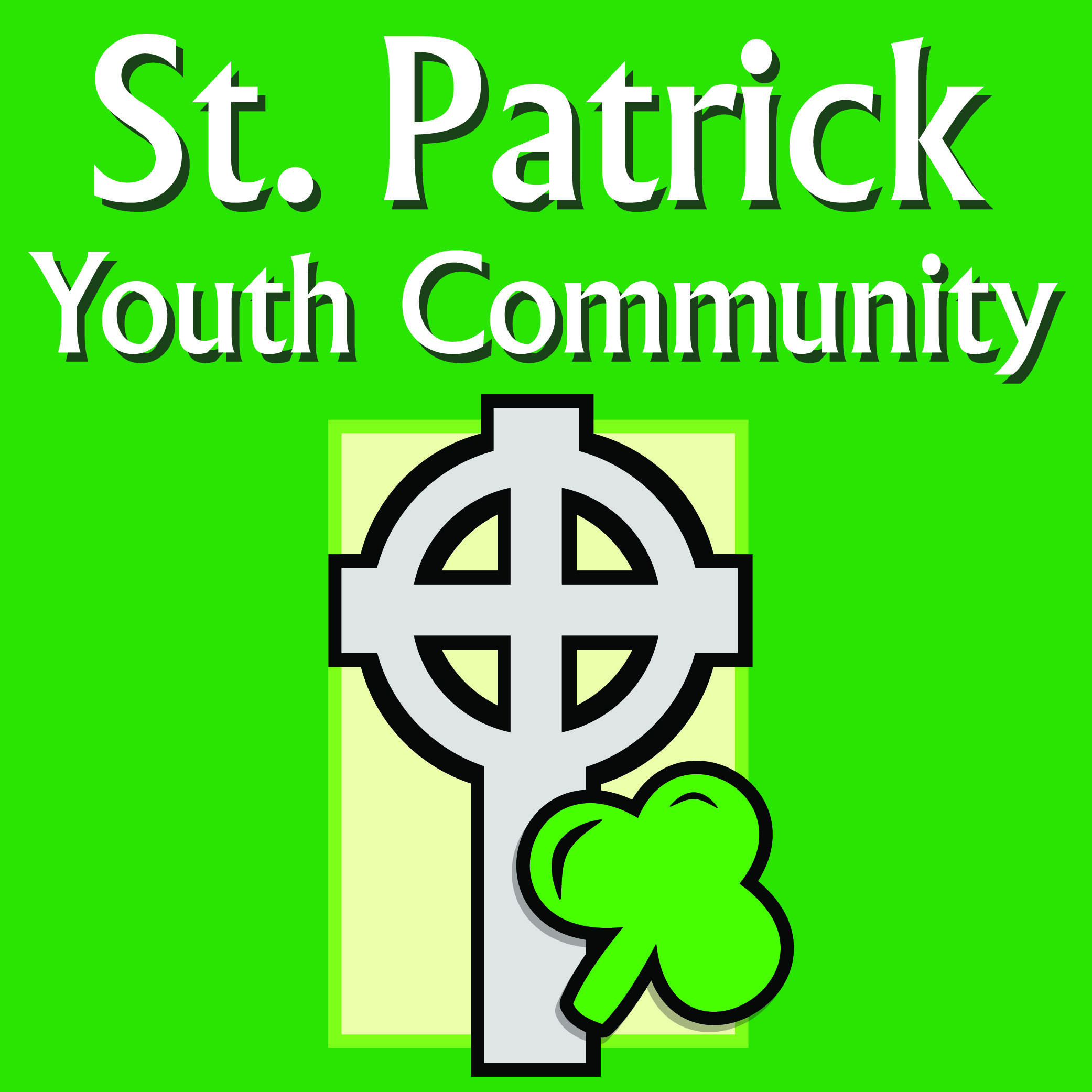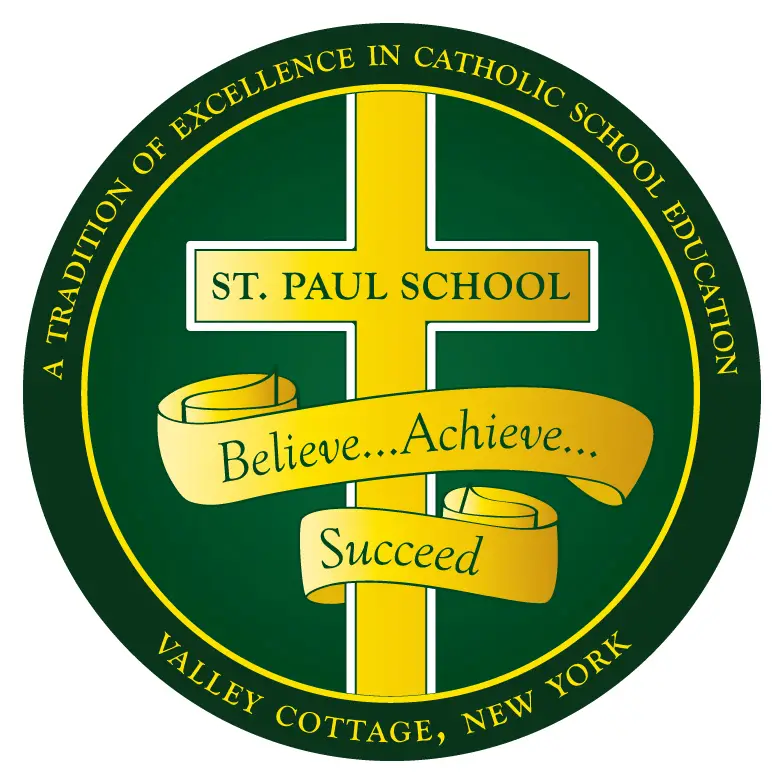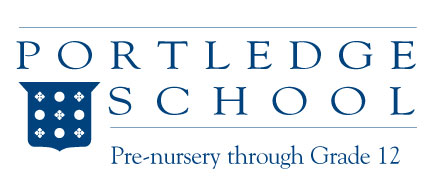
Private School Applications: What You Need to Know
The private school application process can be challenging, so we’ve simplified the steps.
Get can’t-miss family activities sent to you!
Get the Best Kid-Friendly Activities
Sent to You Weekly!
Private School Entrance Exam
For pre-K to first grade, NYC private schools do not require a written test. For second through fourth grades, the test given by the ERB is now called the Independent School Entrance Exam Primary. For fifth grade and higher, the ERB test is known merely as the ISEE. The ISEE (and ISEE Primary) measure verbal and quantitative reasoning, reading comprehension, mathematics, and writing skills. Most private schools now also accept another test, the Secondary School Admission Test, put out by a competing company. The SSAT is administered on three levels (elementary, middle, and upper).
Private School Tuition
If private school tuition is beyond your means, there are still several ways to make it work. You can apply for financial aid or scholarships—many schools offer aid regardless of the family’s income. There are also loans and payment services that can help you make the leap. Most experts advise parents to begin the financial aid application process as soon as possible. Private schools generally render their bills in early summer and late fall for payment within 30 days.
Offer Letters & Acceptance
Letters of acceptance typically arrive in March (schools with rolling admissions might notify you earlier.) It’s important to keep in mind that private schools are not required to accept any percentage of applicants, nor give a reason for rejection. If you were rejected from all the schools to which you applied, it might be worth looking at some others with rolling admissions that are still open.
If you were waitlisted, you will be notified of acceptance in April—after the school finds out who is coming. It might make sense to accept one of the other offers you have, although if the school where you were waitlisted offers you a place, you will forfeit the deposit already paid to the school you were not waitlisted at.
The good news is that at this point, the long process will thankfully be over and hopefully your family will be thrilled about your child’s new school.









